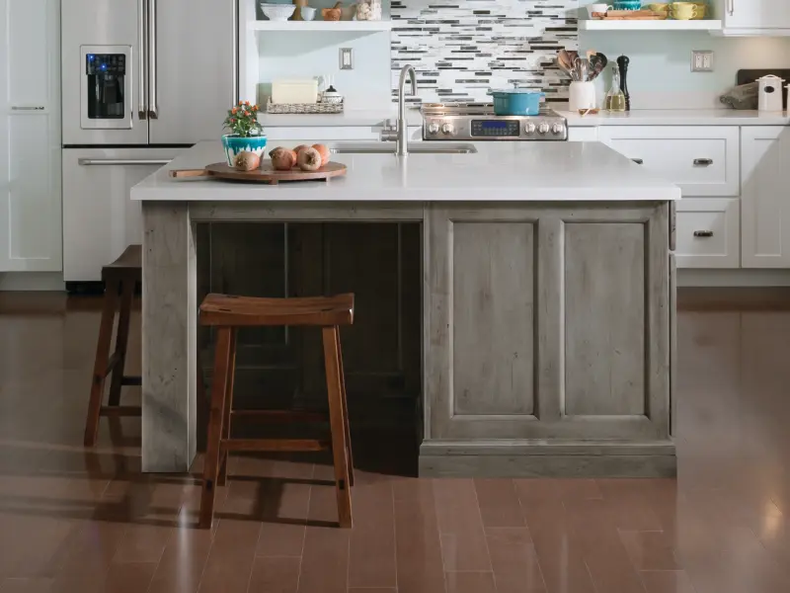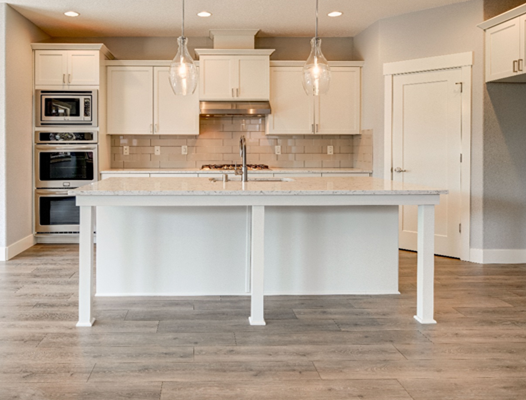Necessary Tips for Selecting the Perfect Dining Table for Your Cooking Area
Picking the excellent eating table for your kitchen area is greater than just an issue of taste; it demands a complete understanding of your room and requirements. Begin by determining your readily available space to make certain sufficient clearance for motion. The shape of the table plays a critical role; while rectangular tables suit bigger locations, round ones foster intimacy, and extendable alternatives provide versatility. Material choice is just as critical, with woods supplying sturdiness and glass financing a modern touch. Ultimately, the table needs to balance with your kitchen area's aesthetics and suit your family members easily. What other variables might affect this vital decision?
Measure Your Space
Choosing the perfect dining table begins with a thorough analysis of your available area. This fundamental action makes sure that the table not only fits easily within the area yet additionally enhances the total layout and performance of your dining area.
Think about the circulation of motion around the table. It is important to leave sufficient area for chairs to be taken out and for people to walk around the table without obstruction. A basic guideline is to permit a minimum of 36 inches of clearance from the edge of the table to the closest wall or furniture. This makes sure convenience of accessibility and convenience throughout dishes.
Additionally, consider the variety of people you commonly amuse and whether you need added room for guests. Going with an extendable table can provide adaptability, permitting you to suit varying numbers of diners. By precisely determining your area, you lay the foundation for selecting a dining table that enhances both the looks and functionality of your dining area.
Choose the Right Forming

On the other hand, round tables are superb for smaller kitchens or intimate events, as they promote discussion by allowing everybody to face each various other. They also give a sense of comfort and can fit well in tighter spaces because of their absence of sharp corners. Oval tables use the best of both globes, combining the size of rectangle-shaped tables with the affection of round ones, making them versatile for numerous settings.
Square tables are an additional option, especially matched for square-shaped rooms. They produce a modern and in proportion appearance, fostering an equivalent dining experience for all seated. They might be less functional for larger gatherings unless they come with extensions. Inevitably, the shape you select should align with your area dimensions and lifestyle to guarantee both type and feature.
Product Factors To Consider
When choosing a table, material factors to consider are vital in determining the table's durability, maintenance requirements, and general aesthetic. Wood is a timeless option, providing timeless charm and robustness. Hardwoods like oak, mahogany, and walnut are especially long lasting, though they can be pricey. kitchen island legs. Softwoods, such as ache, are extra affordable yet might be susceptible to dents and scrapes.
Glass-topped tables provide a modern-day, streamlined look and can make a room show up larger as a result of their openness. However, they require frequent cleansing to stop finger prints and spots. Furthermore, tempered glass is suggested for its added stamina and safety.

Last but not least, composite products like MDF (Medium-Density Fiberboard) or plywood are budget-friendly choices. These products can simulate the look of solid wood yet might not provide the same long life. They are normally simpler to clean yet can be prone to water damages if not correctly sealed.
Ultimately, the selection of material ought to align with your kitchen's design, your way of living requires, and your spending plan restrictions. (kitchen island legs)
Seats Capability and Convenience
Just how do you determine the best seats capacity and convenience for your dining table? For a family members of four, a rectangle-shaped table of 48 inches long or a round table with a 48-inch size is generally adequate.
The elevation of the table need to preferably be around 30 inches, supplying a well balanced ergonomic position for seated restaurants. Chairs must have a seat elevation of 18 to 20 inches to make sure a comfy eating pose.
Design and Appearance
Picking an eating table that matches your design and looks entails stabilizing individual taste with the existing style of your dining space. The table is you could check here frequently the centerpiece of the kitchen, and its style ought to complement the overall theme of the area. Whether your cooking area flaunts a contemporary, minimalist look or a rustic, farmhouse charm, the table you pick need to integrate with these aspects to produce a cohesive and inviting atmosphere.
Think about materials very carefully; wood offers a timeless appeal and can range from rich mahogany for a standard seek to lighter oak for a contemporary feeling. Steel and glass tables, on the various other hand, can introduce a sleek, commercial edge to your cooking area. Do not neglect the table's form-- rectangle-shaped tables are classic and functional, while round and oval choices can cultivate a much more intimate dining experience.
Furthermore, pay very close attention to details and coatings. A troubled surface might add character and heat, whereas a glossy surface area can add to a tidy, modern visual. Eventually, your eating table ought to not just in shape seamlessly into your cooking area's style but likewise show your individual style, raising the room both functionally and visually.
Verdict
To conclude, choosing the suitable table for a cooking area necessitates cautious assessment of room, shape, product, seating capacity, and visual harmony. Guaranteeing a minimum clearance of 36 inches promotes view publisher site comfy motion, while the choice of shape boosts spatial dynamics. Material choice influences toughness and layout, making it important to straighten with the kitchen's general visual. Inevitably, a well-chosen eating table cultivates an inviting ambience and suits the house conveniently, therefore improving the eating experience.

When choosing a dining table, product factors to consider are vital in determining the table's durability, Visit Website maintenance demands, and general aesthetic. For a household of 4, a rectangle-shaped table of 48 inches long or a round table with a 48-inch diameter is typically adequate.
Do not forget the table's shape-- rectangular tables are versatile and classic, while round and oval choices can promote an extra intimate eating experience. kitchen island legs.